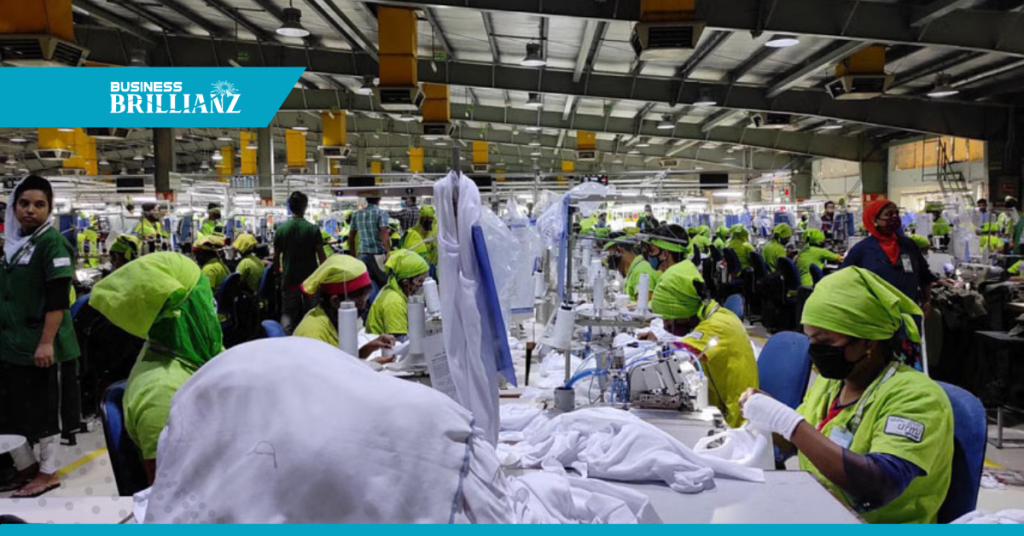Bangladesh’s economic trajectory is poised for a noteworthy ascent in the fiscal year 2023-24, with a projected growth rate of 6.1 percent, as per the latest analysis from the Asian Development Bank (ADB). Bolstered primarily by the country’s robust exports, this anticipated surge reflects a promising trend in the nation’s economic landscape. The ADB’s Asian Development Outlook unveiled today forecasts a further uptick in the gross domestic product (GDP) growth to 6.6 percent in the subsequent fiscal year, showcasing sustained momentum.
A key factor underpinning Bangladesh’s export prowess is the resilience of its traditional low-end garment industry, which is expected to continue its upward trajectory despite the backdrop of weakened global demand. Exporters are adapting by leveraging local yarn and fabrics, navigating challenges posed by the prevailing dollar crisis. Notably, this forecasted growth for 2024 surpasses the 5.8 percent GDP expansion recorded in the preceding fiscal year, marking a notable progression.
In tandem with the growth narrative, the ADB foresees a moderation in average inflation to 8.4 percent for the ongoing fiscal year, fostering an environment conducive to private consumption growth. Positioned as a frontrunner in South Asia, Bangladesh is anticipated to secure the second-highest GDP growth, trailing only behind India’s projected 7 percent growth for the current year.
However, recent data from the Bangladesh Bureau of Statistics paints a nuanced picture, indicating a halving of economic growth to 3.78 percent in the October-December quarter of fiscal 2023-24. This deceleration, attributed to a sharp decline in manufacturing output and subdued services sector growth, underscores the challenges posed by reduced domestic consumption.
Echoing this sentiment, the World Bank has weighed in with its projections, highlighting subdued growth prospects for Bangladesh amidst dampened private consumption exacerbated by elevated inflation. The forecast suggests a GDP expansion of 5.6 percent for fiscal 2023-24, falling short of the pre-pandemic average annual growth rate of 6.6 percent.
Looking ahead to fiscal 2024-25, the World Bank anticipates a continuation of relatively slower growth at 5.7 percent. However, this outlook is buoyed by expectations of a modest recovery in private consumption, supported by a moderation in inflationary pressures.
In summary, while Bangladesh’s economic trajectory reflects a mix of promising growth prospects and underlying challenges, concerted efforts in addressing structural issues and leveraging export potential can pave the way for sustained economic resilience and prosperity.


